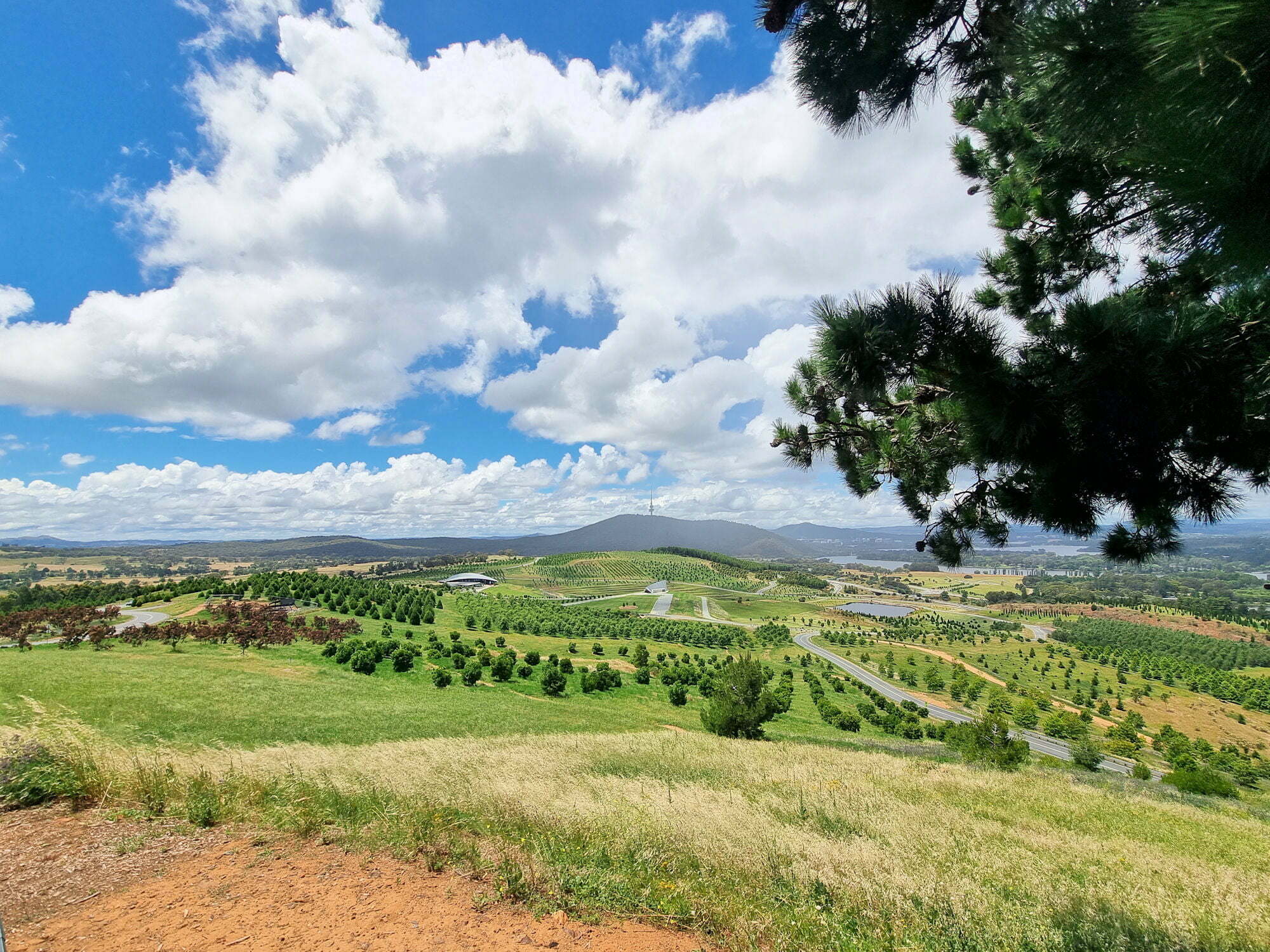Tag: ACT
-
Australian War Memorial Canberra

Australian War Memorial Canberra’s most popular attraction, the Australian War Memorial is an outstanding tribute to the men and women who have served in the Australian Defence Forces since federation. Access to some galleries is currently limited (2022) because the Memorial is undertaking a major renovation. During this period some exhibits are in storage. However,… Read more
-
National Gallery of Australia

National Gallery of Australia Located on the south side of Lake Burley Griffin in Canberra, the National Gallery of Australia houses the most valuable art collection in the country. Limited parking is available onsite, but we chose to park at Questacon, where a large carpark is available. This also means that you are close to… Read more
-
National Arboretum Canberra Australia

National Arboretum Canberra Devastating bushfires in 2001 and 2003, burnt huge areas around Canberra. A recovery project to heal some of the damage included The National Arboretum, which now covers 250 hectares(618 acres in the old measurement). Although very much in its infancy, with plantings still taking pace, it’s a great place to visit. The… Read more